Have you ever heard of journaling? Journaling is keeping a diary to express your thoughts, emotions, goals, and memories. Unlike social media, it’s not about sharing it with others, but rather writing for yourself.
According to an article published in Le Monde in November 2020, 7% of French people say they keep a journal. What if this regular writing habit was one of the keys to a more serene and fulfilling inner life? Discover tips for keeping your journal effectively and how to choose the ideal medium to make this daily practice a beneficial ritual.
The benefits of journaling
When you write to yourself, there are no constraints on style or spelling. Only authenticity and spontaneity matter. And behind this apparent simplicity, the benefits of journaling are numerous.
Reduce your stress and regulate your emotions
It’s easy to feel overwhelmed by daily obligations and incessant thoughts. Keeping a journal allows you to externalize your emotions, express yourself without restraint, without fear of judgment from others, without filter. Writing acts as an outlet, a way to release accumulated tension. Anger, fear, doubts, anxiety, sadness… what is difficult to express orally can sometimes be expressed more easily in writing. Studies show that expressive writing reduces stress levels in the body. Over time, journaling can become a true tool for emotional self-regulation, facilitating better management of difficult periods and contributing to mental well-being.
Organize your ideas through journaling
Journaling is an excellent way to organize your thoughts when faced with a significant mental load. By writing regularly, you create a space to organize your thoughts, prioritize your tasks, and clarify your goals. Unlike a to-do list, which is usually discarded once the actions are completed and crossed off, a journal allows you to keep a lasting record of your progress. Reviewing your notes provides a holistic view of the progress you’ve made, providing motivating satisfaction and a sense of control over your daily life.
Also read: The art of making lists: simplify and enrich your daily life
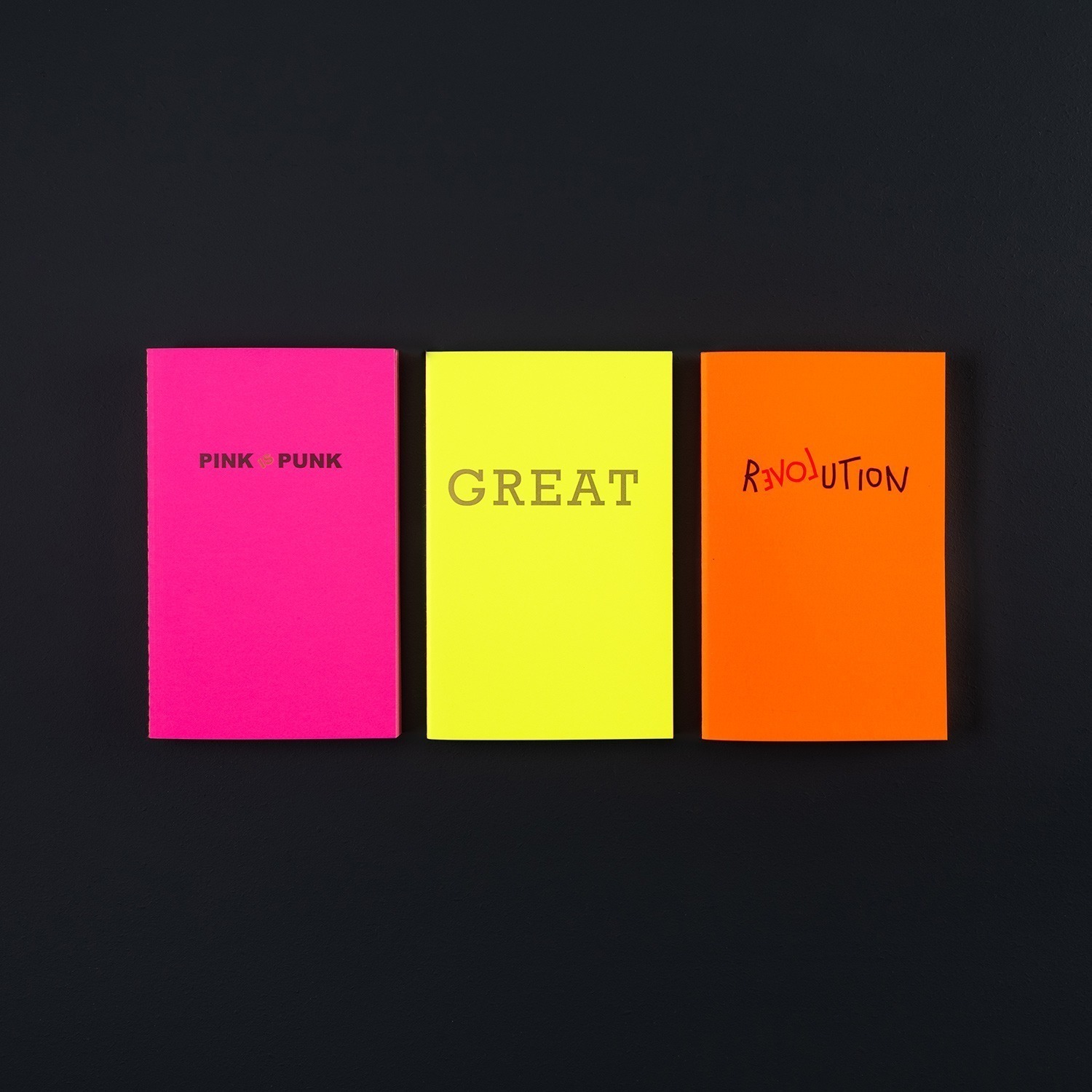
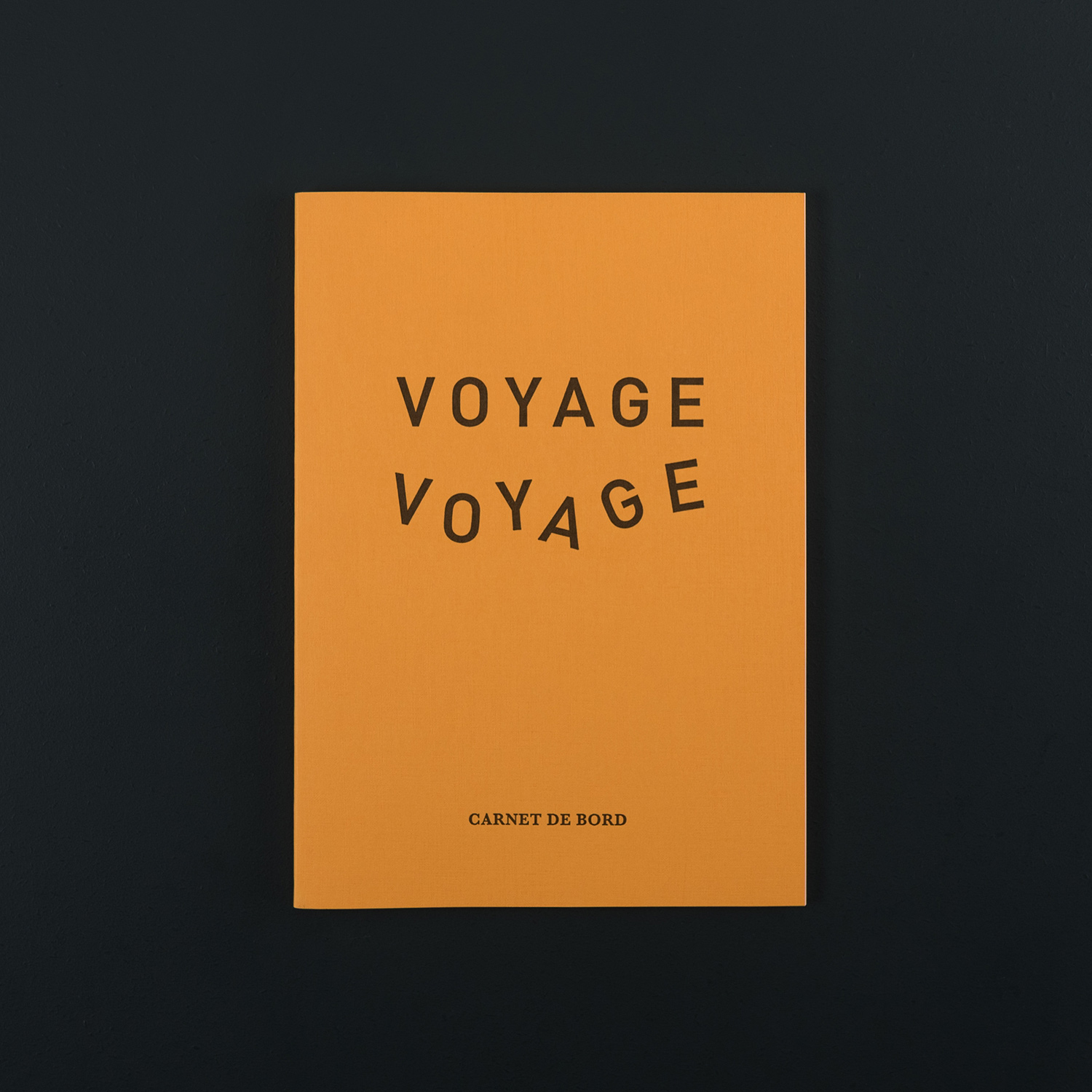
Boost creativity
Keeping a journal is more than just writing down your daily routine: it can be a wonderful playground for the imagination. Experiment with words, try new turns of phrase, play with writing styles… be creative. Writing is like physical exercise: the more you practice, the better you get. What feels laborious at first becomes more fluid with time and practice. Moreover, by putting your ideas down on paper, you learn to structure them, make unexpected connections between them, and develop your ability to synthesize.
Leave a mark through journaling
Writing also means freezing a moment, capturing a thought, and inscribing it in time. Keeping a journal is a way of leaving a trace of one’s journey, one’s thoughts, and one’s memories. Thus, while journaling is above all an intimate practice, it can also have a dimension of transmission.
“It all started when I was pregnant with my son. I was overwhelmed by thoughts that I didn’t want to let go. But what worried me most was the idea of no longer being there for him. I was afraid of dying during his childhood, before he had time to really know me. I thought that if something happened to me, he would have no memory of me. He would only have the stories of others to learn who I was and how much I loved him. So, I started writing to him. In my journal, I told him about myself, my childhood, … everything I wanted him to know. Putting those words on paper calmed my fears. Fortunately, I am still here today. My son has become a teenager and now, he has his own memories of me. But I kept this habit. Sometimes, I still write to him. There are things that are easier to say in writing than orally. One day, when the time is right, I will give him this diary…” Marie, 44.
Journaling or how to keep a journal: tips and methods
Establish a writing routine
Journaling is a habit that develops over time. To truly benefit from it, it’s important to find a rhythm that works for you and adopt a few good practices.
Finding the right time to write
You don’t need to write every day to experience the benefits of journaling. However, a certain consistency is necessary. Studies show that a regular practice, between 3 and 5 times a week, can be enough to achieve significant results. Choose a good time:
- Morning: ideal for setting your intentions and starting the day with clarity.
- Evening: perfect for reviewing the day and clearing your mind before going to sleep.
The key is to create a routine that fits naturally into your daily life.
How long to write?
If you’re just starting out, start with 5 minutes per session. Gradually, try to work your way up to 10 to 15 minutes to deepen your thinking and structure your ideas. Too short, and you risk remaining on the surface; too long, and it can become a drag.
Overcoming the fear of the blank page
If you don’t know what to write, start simply:
- Jot down the highlights of your day.
- Write down your current emotions.
- List three positive things that happened to you.
- Ask a question and let your pen respond spontaneously.
Don’t aim for perfection, but for authenticity. The more you write, the more natural it will become!
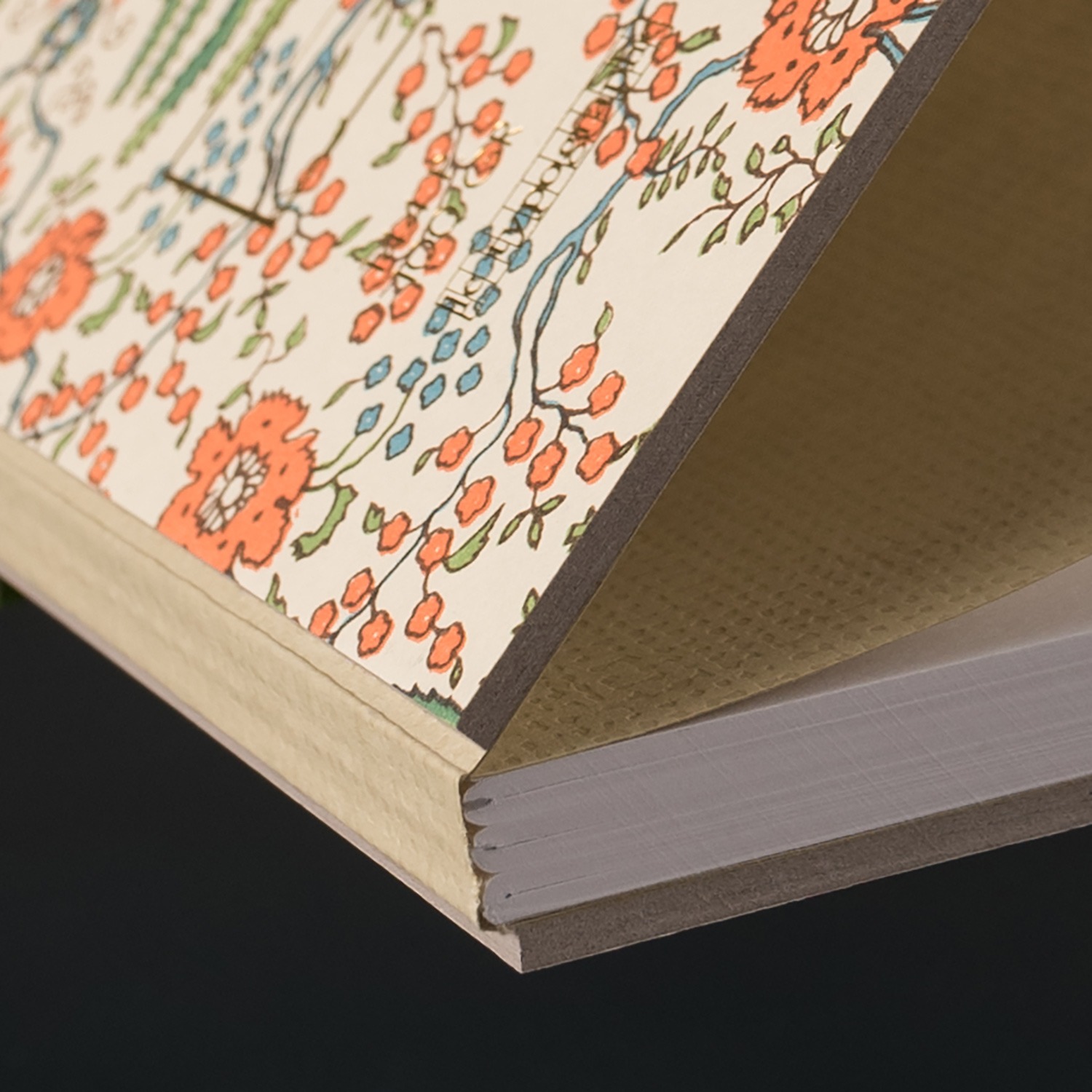
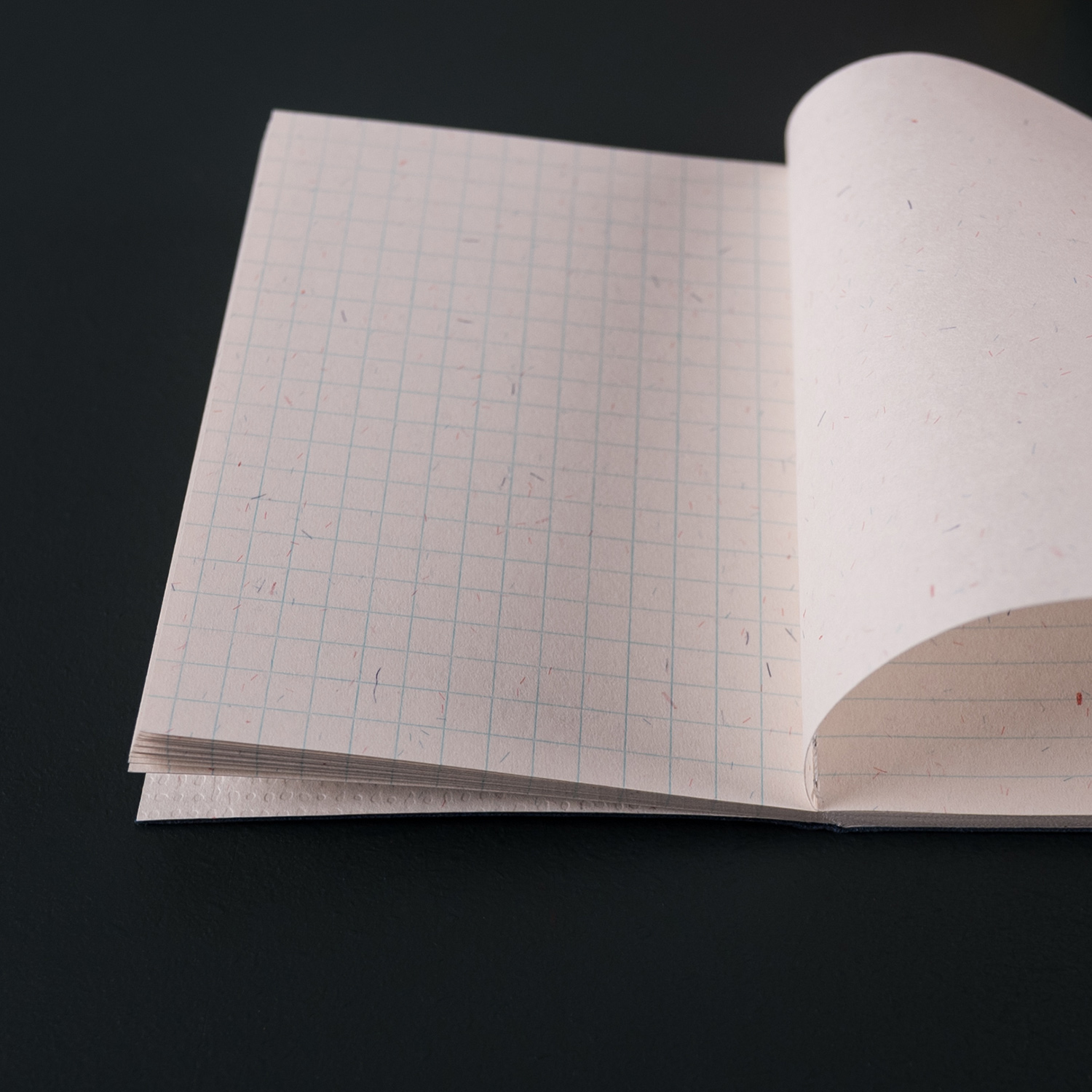
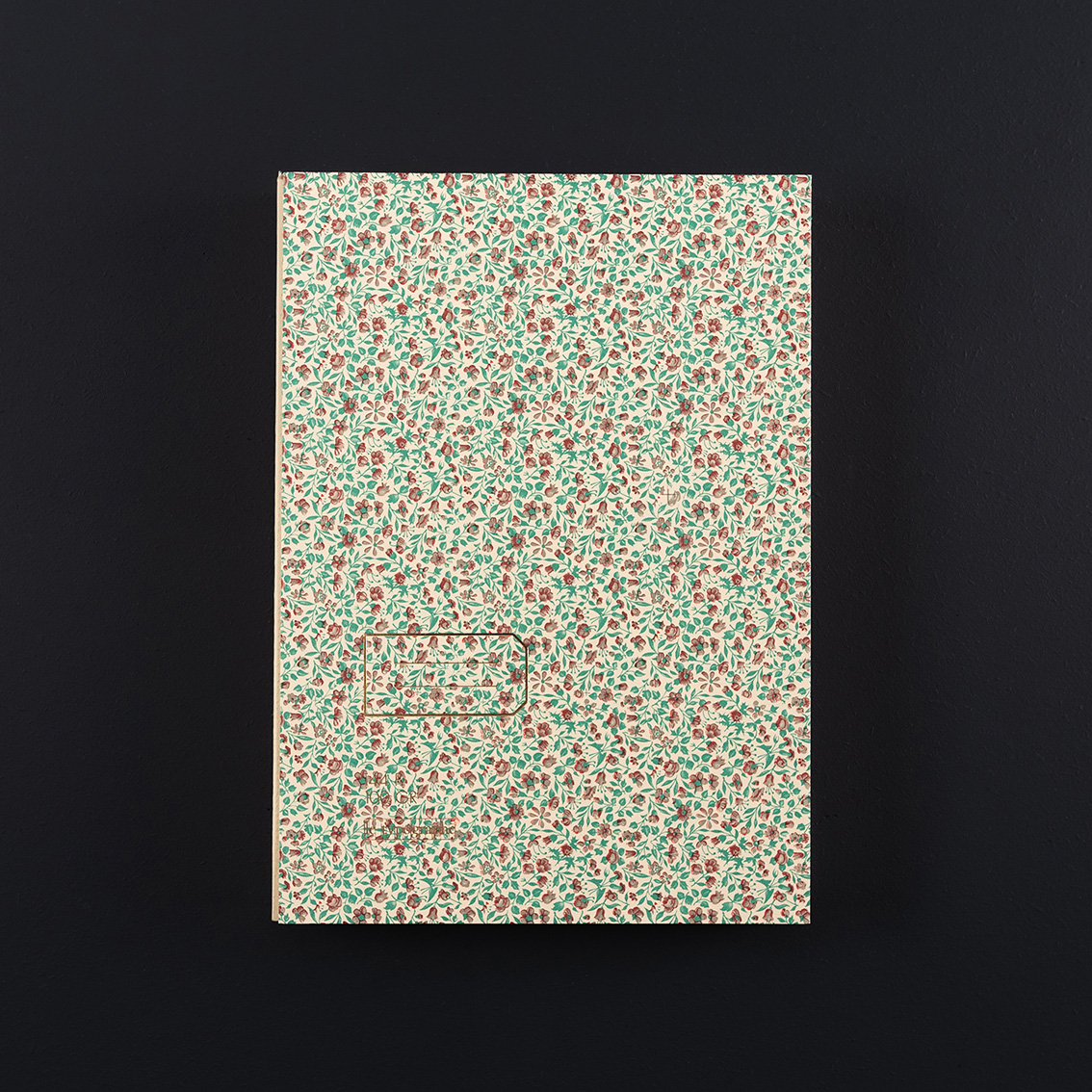
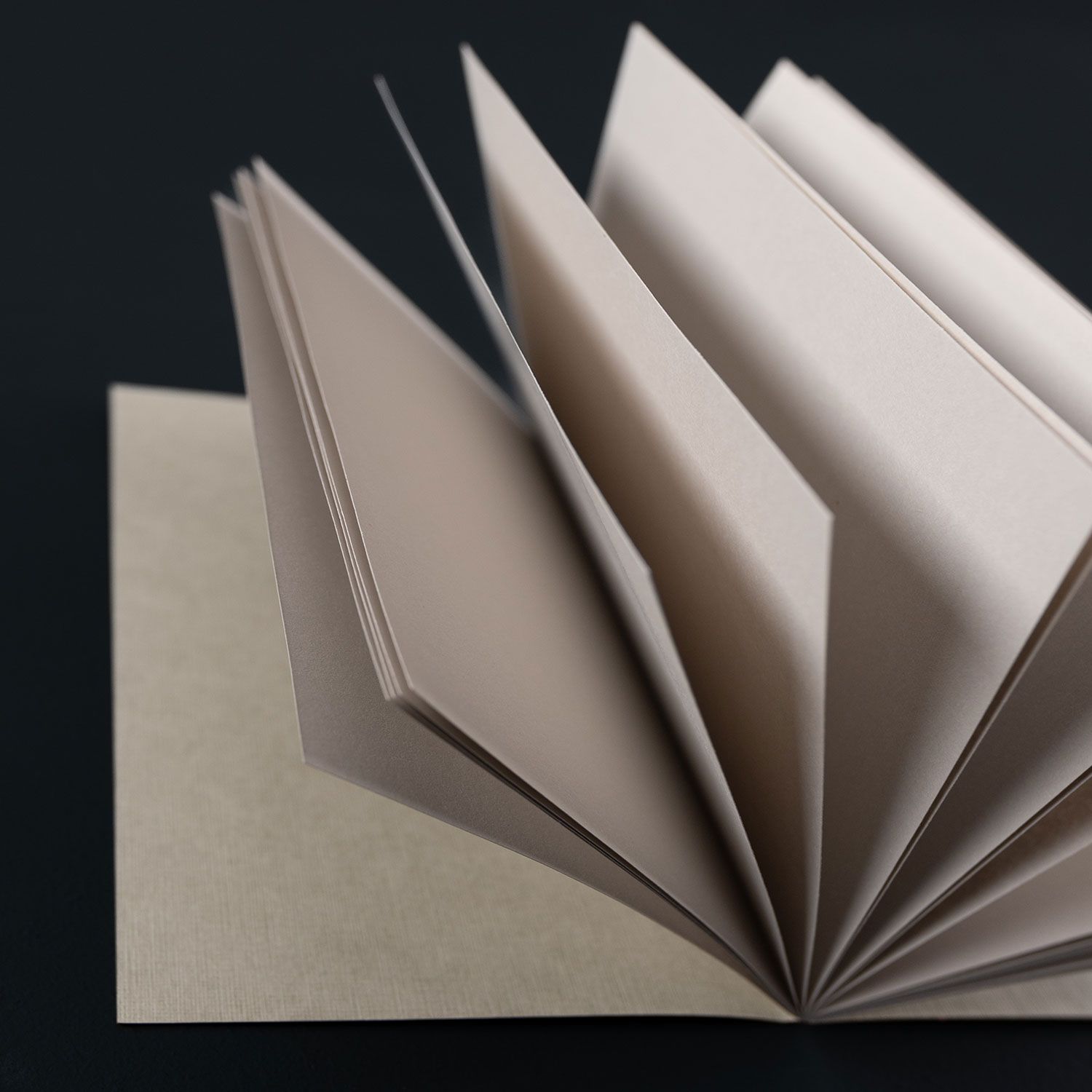
Taking care of your environment
Creating a pleasant environment for your journaling practice can greatly influence your motivation and consistency. Create a space conducive to writing: soft lighting, a scented candle, a comforting cup of herbal tea… These are all small rituals that transform this moment into a bubble of well-being. Also, be sure to choose a quiet time, where you can write without distractions.
Finding your journaling style
Once you’re comfortable with writing, there are several approaches you can take to structure your journal. You can opt for free writing, where your thoughts flow spontaneously onto paper, or choose a more organized framework by adopting a framework that will help you structure your thoughts.
The key is to find the method that works for you and inspires you to write regularly.
No pressure!
A diary is neither a novel nor a text intended for publication: it doesn’t need to be well-structured, error-free, or carefully written. Allow yourself to write freely. Crossings out, repetitions, and unfinished sentences are all part of the writing process. The key is to establish a writing routine that works for you and to persevere. The more regularly you write, the more natural and beneficial this habit will become.
Reread yourself from time to time
Finally, it’s important to congratulate yourself by occasionally rereading your work to see how you’ve grown and learn from your writing.
And above all… keep your journal away from prying eyes!
Examples of journaling
There are many ways to keep a journal. Whether you’re looking for a space for free expression, an organizational tool, or a personal development tool, there’s sure to be a form of journaling that’s right for you. Here are a few examples.
Dear diary…
The personal diary is arguably the oldest and most instinctive form of journaling. We share our thoughts, emotions, and questions in it, just as we would with a friend. Some even personalize their journal by giving it a name, creating a special relationship with this object that collects confidences without judgment.
The gratitude notebook
The goal of the gratitude journal is simple: to record positive events or emotions that have brought you happiness each day, whether big or small. This practice allows you to change your outlook on everyday life, become aware of happy moments, and adopt a more optimistic mindset.
Also read: The gratitude journal: how to choose the right one? How do I use it?
The travel diary
Much more than a simple collection of memories, a travel journal is a traveling companion. It’s where you plan your trip, describe your adventures, and record your encounters and discoveries. It can contain stories, drawings, collages of train or restaurant tickets, postcards, and more. It thus becomes a veritable treasure trove of memories.
Also read: Why is it so hard to write a travel diary ?
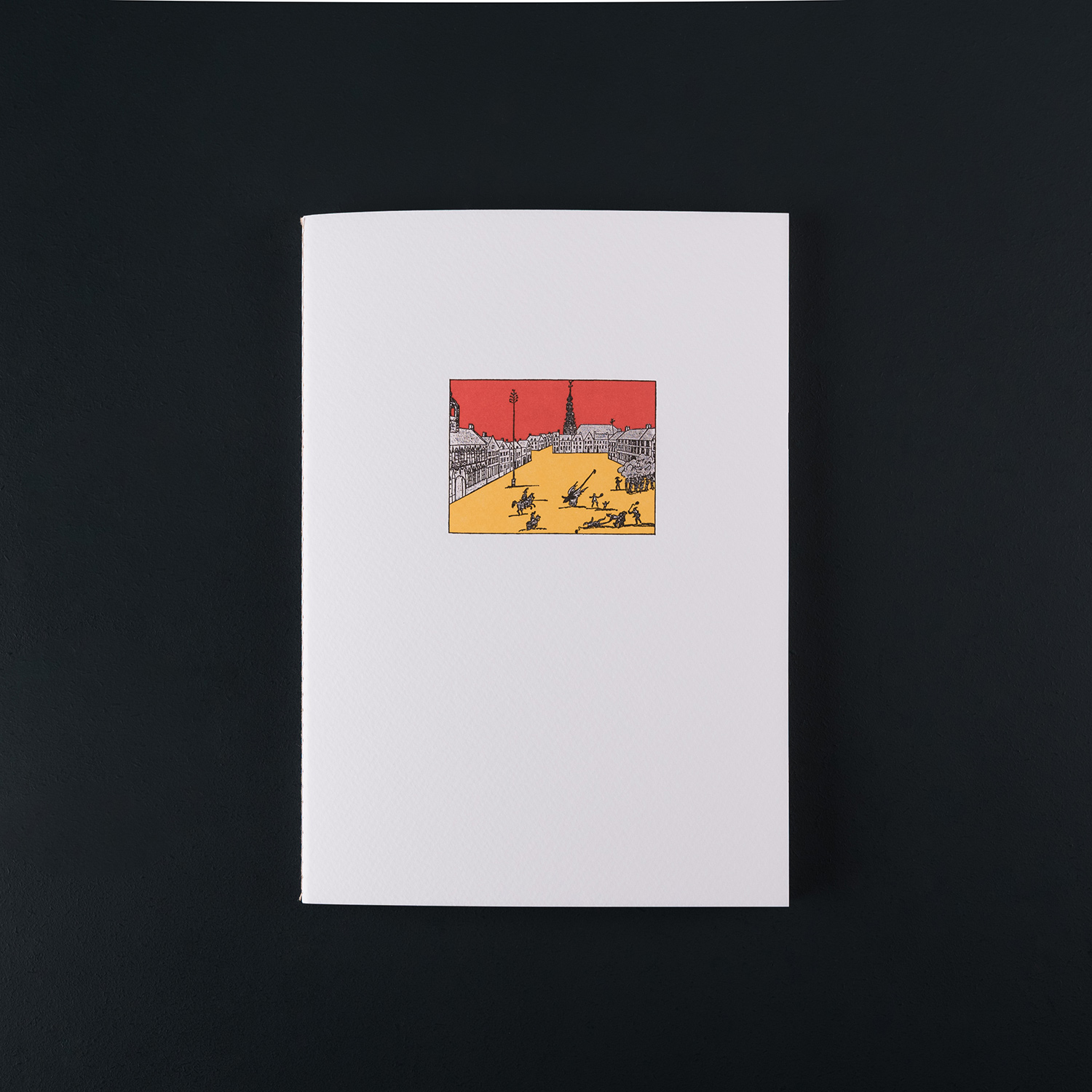
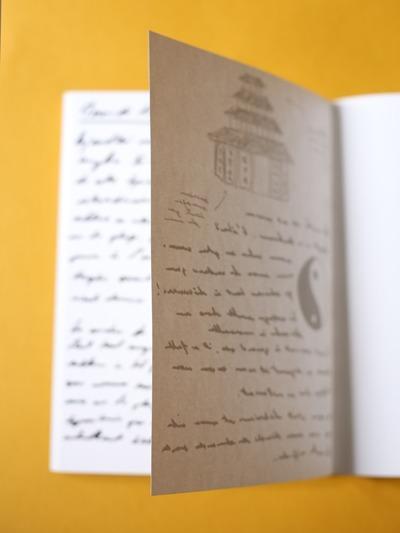
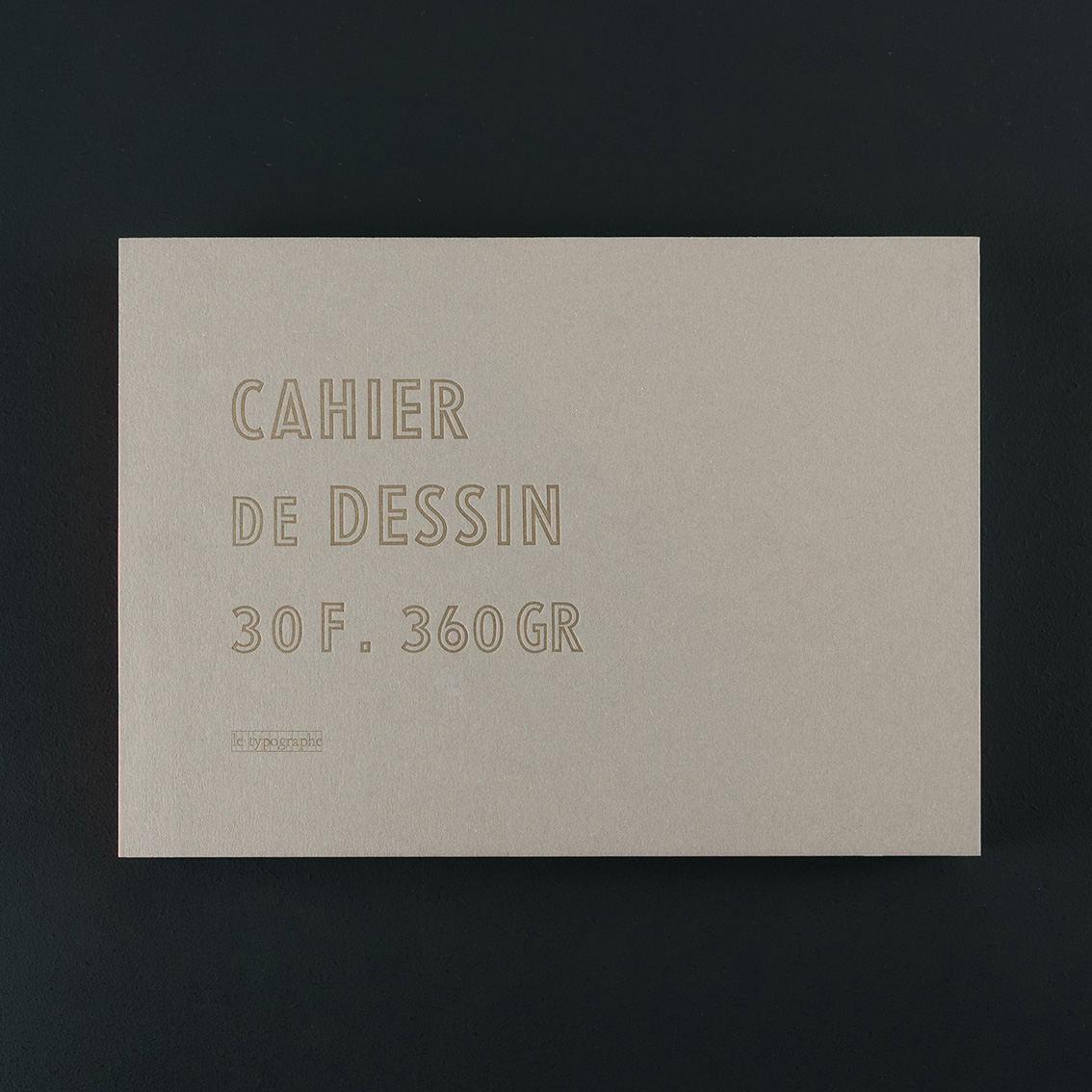
Art journal
Art journal is a creative journaling style that combines drawings, collages, paintings, and writing. It has no set rules and allows you to express your emotions visually. It’s a form of journaling that’s particularly popular with artists or those who want to explore their creativity.
The bullet journal
Invented by Ryder Carroll, the bullet journal is a flexible yet structured organizational system. It allows you to plan your daily life, track your goals, record your tasks, and organize your ideas in a visual and personalized way. The advantage: it adapts to all needs and serves as a diary, notebook, and reflection journal all in one.
The pre-filled journal with questions
For those who fear the blank page, pre-filled journals are a great solution. They contain questions and prompts to guide your writing. For example: What were the highlights of your day? What did you learn about yourself today?
The journal… that doesn’t exist yet
Why limit yourself to an existing format? Your journal can be a mix of all these forms or a completely unique invention. The important thing is that it reflects you and provides what you need, whether it’s well-being, organization, or an outlet. You can combine several types of journals into one!
Which tools should you choose for journaling?
The medium: paper or digital?
Choosing the right medium for your journal is essential because it influences your writing experience and the benefits you’ll gain from it. Handwriting offers a more intimate and reflective approach. By slowing down the pace of writing, it promotes a better connection with one’s thoughts and allows for deeper reflection. Several studies have shown that the act of writing by hand stimulates memory, concentration, and creativity, which enhances the effects of journaling. Moreover, physical contact with paper provides a sensory dimension that digital writing cannot replicate.
While the speed of a keyboard may seem like an advantage, it can also limit introspection, as digital writing tends to be more automatic and less embodied.
For a fully beneficial journaling practice, paper remains the preferred medium.
le typographe’s notebooks: tradition and quality
Choosing a beautiful notebook for your journaling makes writing a moment of pleasure.
The importance of paper
Paper texture plays a vital role in writing comfort. Paper that’s too thin risks letting ink bleed through the pages, which can affect readability and the pleasure of writing. Thick, smooth, or textured paper allows for smooth, pleasant writing, making you want to return to the pages every day to continue your story.
The choice of format and binding
A compact format allows you to take your journal with you everywhere, while a larger notebook offers more space to express yourself freely. The binding, meanwhile, must be sturdy enough to withstand frequent opening without damage. A beautiful finish, whether with visible or hidden stitching, adds a touch of durability and elegance to your journal.
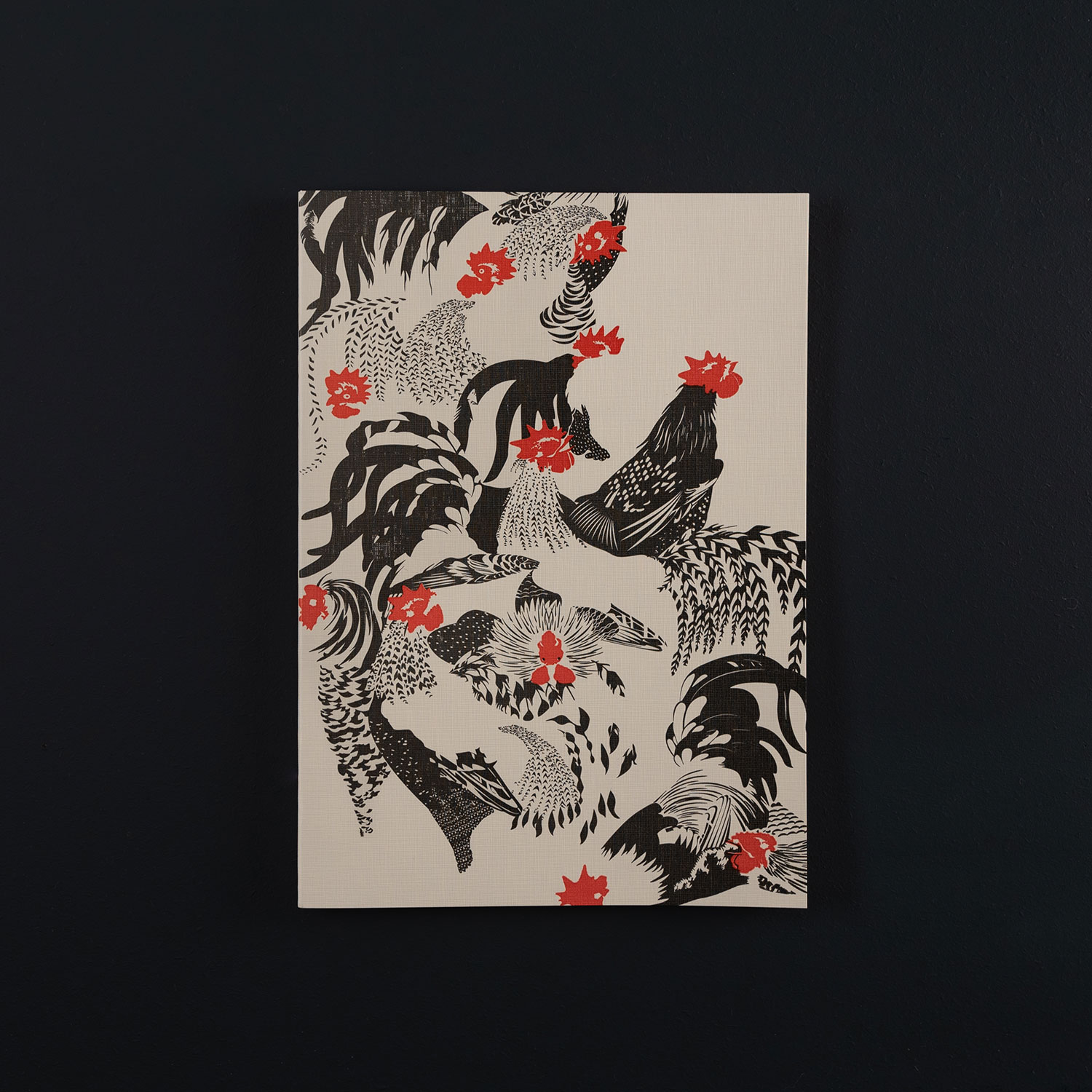
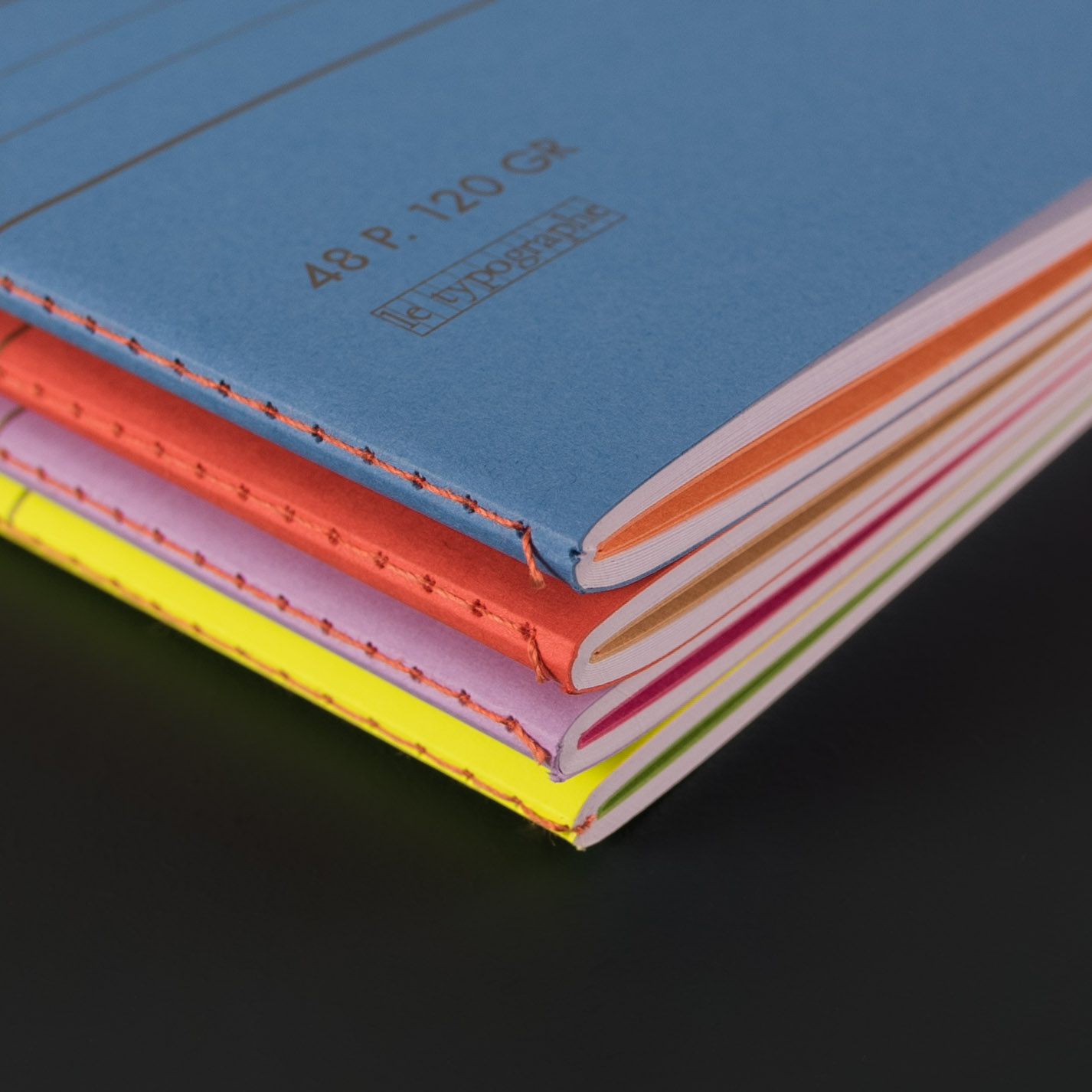
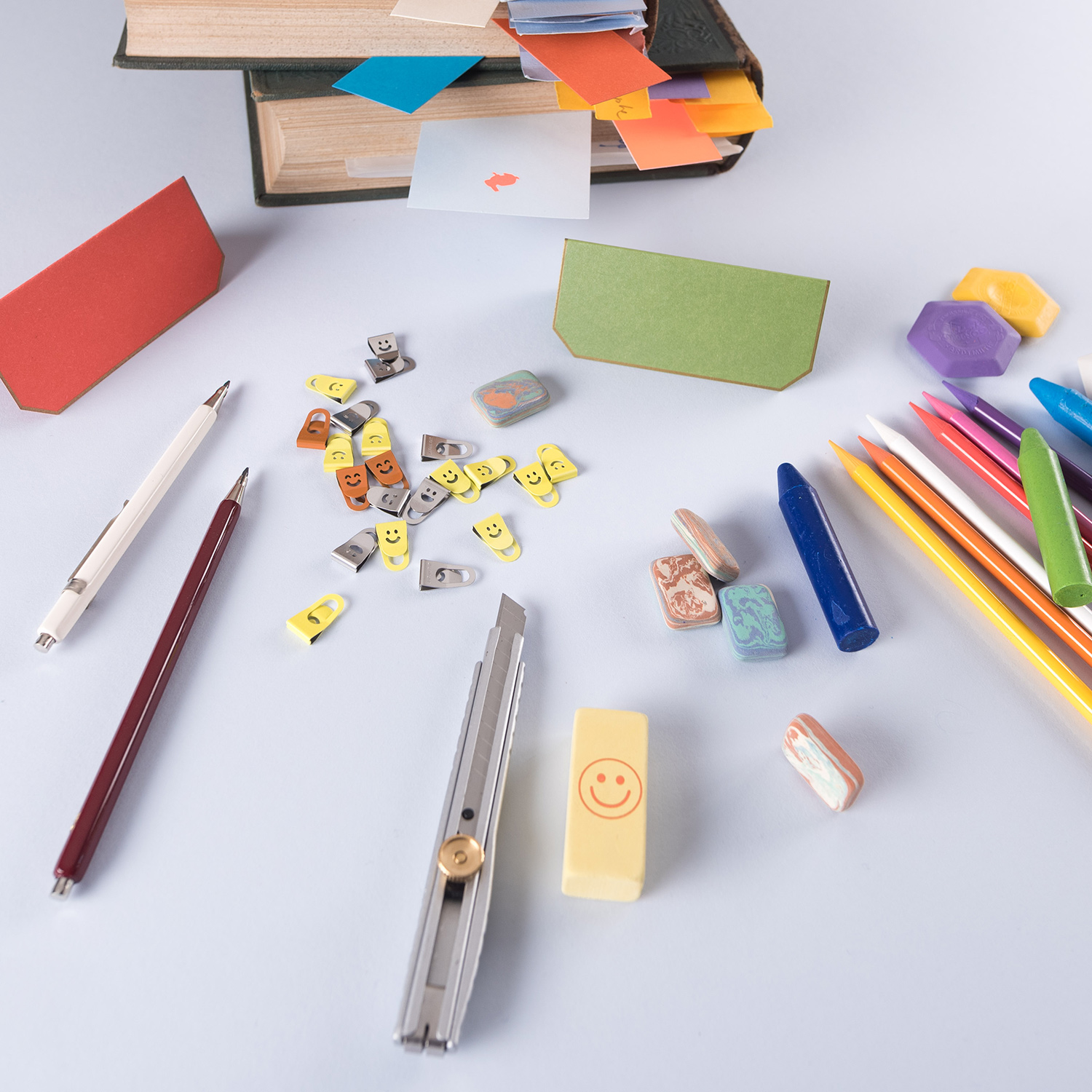
Why does a beautiful notebook encourage writing?
The aesthetics and quality of a notebook directly influence the motivation to write. A beautiful, carefully chosen object creates an emotional connection with its owner. It makes you want to fill it, take the time to write down your thoughts, and return to it regularly.
le typographe’s notebooks
They are entirely handcrafted in our Brussels workshop. A wide range of notebooks is available:
- Softcover notebooks in A4, A5, DL elongated, or B6 format: Practical and slim, they come in several sizes and designs to accompany you everywhere.
- Sketchbooks: in portrait or landscape format
- Cardboard notebooks: thick, rigid, sturdy, and durable. Our notebooks are “collectible” and will make a beautiful collection in your library. They all open flat, thanks to their Singer stitching.
Discover le typographe’s handcrafted notebooks
le typographe’s Pencils and Pens: Essential Writing Tools for Effective Journaling
The choice of pen or pencil may seem trivial, but it plays a key role in the pleasure of writing and the consistency of your journaling practice. A good writing instrument allows you to eliminate any frustration associated with the gesture and to fully concentrate on your thoughts. It becomes a natural extension of the hand, thus strengthening the bond between the writer and their journal. Take the time to test different options to find the tool that suits you best: the one that will transform each writing session into a moment of pleasure and connection with yourself. Don’t hesitate to visit our store in Brussels or Nantes to find the pen or pencil that’s right for you. A wide selection awaits you.
CONCLUSION: Dare to journal every day
As you can see, journaling is a practice accessible to everyone, with no requirement for a particular writing style or talent. Everyone can use this tool in their own way, according to their needs and desires. Whether it’s to organize your thoughts, cultivate your creativity, express your emotions, or simply take a moment for yourself, a journal is an intimate and personal space. As you read through the pages, it becomes a reflection of yourself, a witness to your growth and aspirations.
No matter which method you choose, the most important thing is to listen to yourself and write sincerely. So, why not start today?
To find out more: cambridge.org/core/journals/advances-in-psychiatric-treatment
